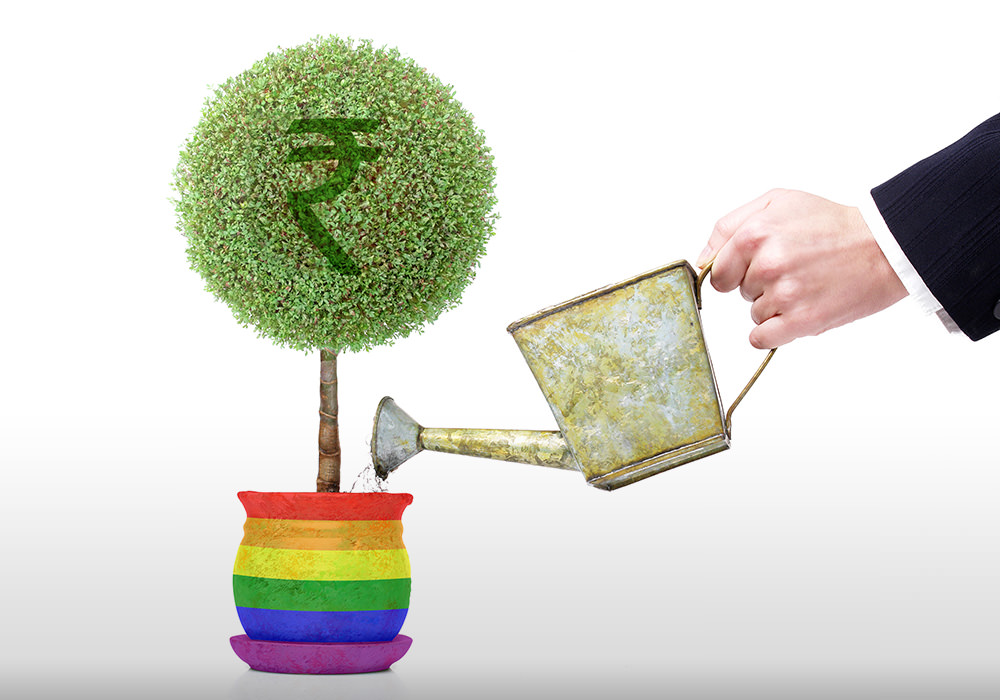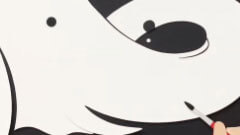Let's Talk
We would love to hear from you. Want to know more about our services or have any questions? Say Hi!
Selling to LGBT Community

Gay-inclusive! Let’s make the first move
When was the last time, you felt moved by a line that appealed to your left (not right) brain – and it damn well felt, just right!
For us, it happened when Jewellery brand Tanishq charmingly came out in support of the LGBT community, after the Supreme Court’s controversial verdict on Section 377 with the tweet: Two of a kind always makes a beautiful pair!
It warmed the cockles of our combined heart.
Gay and lesbian themes have been taboo in Indian advertising and the reason is not difficult to guess. Marketers run scared of trespassing into this minefield. Cut to the memory of the violent protests that marked the release of Deepa Mehta’s Fire in 1998 and it’s apparent that the Indian consumer remains largely homophobic.
As a consequences brands pretend, at best, that the LGBT community doesn’t exist – never mind the fact that for certain categories they make up a sizable chunk of their consumer base – or, at worst, they are okay in portraying them as grotesque, shadowy creatures, deserving of ridicule, scorn, pity or worse, lasciviousness….” reflective of the prejudice that prevails among the masses and classes, alike.
We as visual communicators have often wondered what makes us so queasy about a consuming class that defies the norm? Fear of being lampooned? Fear of being misunderstood as a part of the same community? Fear of being singled out? Fear of isolation?
That reminds us of a semi-fictionalized documentary (with subtitles) that was once screened at the French Cultural Centre in Delhi, a few years ago. In it, the protagonist, an out-of-the-closet, true blue member of the LGBT community finally got to confront and grudgingly acknowledge his deep-seated fears of marginalization, when a member of a ‘minority within a minority’ – a homosexual with a tattoo fetish – made him realize that this guy couldn’t be so liberal, if he felt so secure, sitting at the safe side of the fence and couldn’t accept a new kind of ‘freak’ trespassing into his protected lair!
Rosie O’Donnell, a famous American comedian, actress, author and TV anchor once shared the following account with her viewers in her interview with Diane Sawyer: Six-year-old Parker asks his mother, Rosie: “Mommy, why can’t I have a daddy?” Rosie answers: “Because I’m the kind of mommy who wants another mommy.”
Is this such a frightening scenario?
Over the past few years, social scientists have hotly debated cross-cultural variations in homosexuality. Cultural anthropologists are inclined to portray homosexuality as a “socially constructed” phenomenon, contending that there is no such thing as “homosexuality” outside a specific cultural context. In Islamic society for instance, it was very much a doctrine-d practice and well-documented to boot. Liberals also interpret homosexuality as a universal, “natural” phenomenon, among a variety of sexual choices that a person can make. It’s another story altogether, that most societies don’t allow this kind of freedom of choice to its straight as ramrod members (Saw the Amul girl’s take on this one, during the time the SC verdict came out?)
A few years ago, the United Colors of Benetton’s “Unhate” campaign featured images of world leaders in passionate lip-locks with some of their biggest rivals. This campaign may not have done a great deal for international peace but it surely sent home another kind of a strong message – that tolerance can be stronger and more virtuous an emotion than hate.
Not so long ago, Tanishq delighted India with an advertisement that celebrated a woman’s second marriage. That’s nothing to write home about – second marriages have been around since Raja Ram Mohan Roy – except that in this case, the model selected was dusky in complexion, so a double whammy!
Then came Fastrack, another Tata brand that shows two girls ‘coming out of the closet,’ in a super cheesy manner, and the only reason, we suspect, Lowe Lintas was able to get away with this wink-wink LGBT campaign was – people probably didn’t get the subtext of this ad!
This emboldened the agency to push another idea. This time, the Fastrack girl leaves her one night stand (a man, this time round) asleep on the bed while she quietly slinks away in a gender role reversal, at least from the Indian standpoint.
In both these cases – Ray-Ban and Microsoft – the objective does not appear to be to create shock waves, as Benetton routinely and irrepressibly does – but say something positive, while staying on course, and in both the cases, there is a concrete link between the narratives and the brands main propositions.
Consumers could relate to these ads only because they recognize the truth they are reiterating, and whatever be a consumer’s personal stance on the issue, they are able to note this important point of distinction – and the brand’s attempt of breaking from the clutter!
It works!


